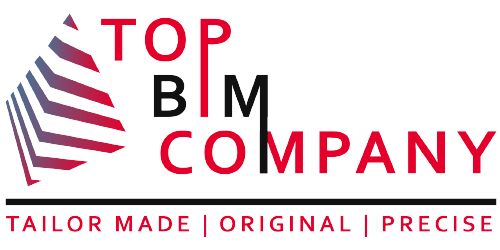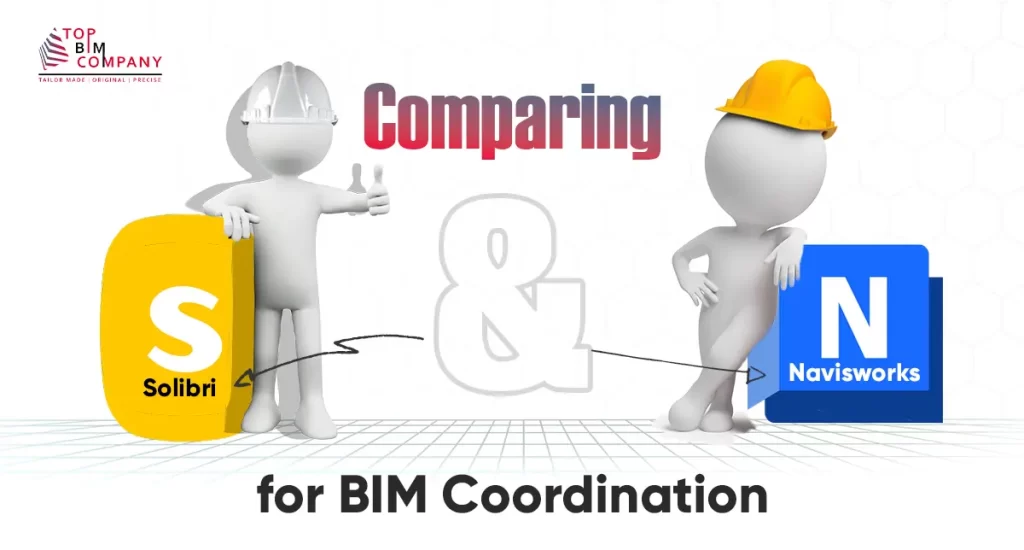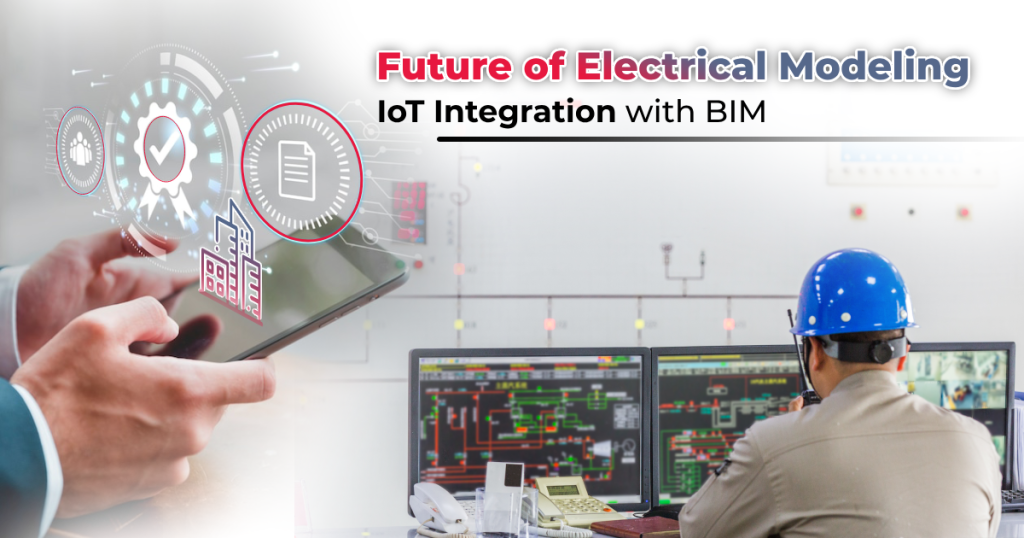
Building Information Modeling (BIM) and the Internet of Things (IoT) are two transformative technologies that are rapidly changing the construction and building management industries. BIM is a digital process for creating and managing data about a building throughout its lifecycle, from design to construction to operation and maintenance.
Table of Contents
ToggleIoT is a network of physical devices that are embedded with sensors, software, and other technologies for the purpose of collecting and exchanging data.
The integration of BIM and IoT has the potential to revolutionize the way that electrical systems are designed, constructed, and operated. By connecting electrical devices to BIM models, engineers and operators can gain real-time insights into the performance of electrical systems and make more informed decisions about their management.
Understanding Electrical Modeling
Electrical modeling is the process of creating a representation of an electrical system in plans and models using mathematical equations and software.
Also Read: BIM Asset Management Approach for MEP Design Coordination
On your building site, how do you diagnose, discuss, and record information about the electricity systems? The solution is in electrical schematics.
Electrical models can be used for a variety of purposes, such as:
- Designing new electrical systems
- Analyzing the performance of existing electrical systems
- Troubleshooting electrical problems
- Optimizing energy efficiency
Electrical plans aid in ensuring the seamless, safe, and effective operation of your power systems. Additionally, they can help you spot possible concerns so you may take preventative measures before they become an issue.
However, one may use specialized BIM clash detection for optimal risk reduction and safety.
Traditional linear electrical modeling with CAD
Traditional electrical modeling is typically done using computer-aided design (CAD) software. CAD software allows engineers to create 2D and 3D models of electrical systems.
In contrast, traditional CAD models, which are generally static, do not offer real-time data on the performance of electrical systems, making collaboration and decision-making more challenging.
The Advantage of Electrical modeling with BIM
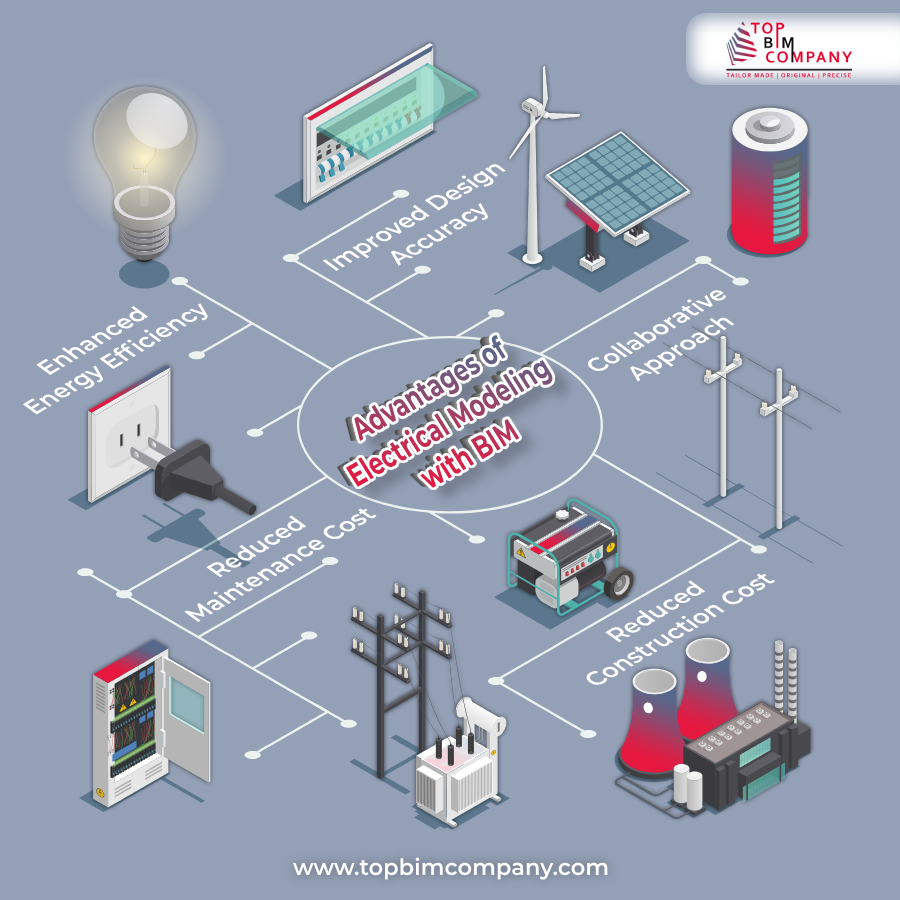
BIM offers a number of advantages for electrical modeling over traditional CAD software. BIM models are 3D representations of buildings that include all of the building’s components, including electrical systems.
BIM models are also dynamic and can be updated with real-time data from IoT sensors.
The use of BIM for electrical modeling can lead to a number of benefits, including:
- Improved design accuracy: BIM models can help engineers to identify and avoid potential design conflicts and designers can design as per the market specifications.
- Reduced construction costs: BIM models can help to improve the coordination of electrical work with other trades, which can reduce construction costs.
- Improved energy efficiency: BIM models can be used to simulate the performance of electrical systems under different operating conditions, which can help engineers design more energy-efficient systems.
- Reduced maintenance costs: BIM models can be used to track the condition of electrical equipment and predict maintenance needs, which can help to reduce maintenance costs. BIM software can be used to create digital asset models, which can be used for building maintenance.
- Collaborative approach – All stakeholders can reflect their suggestions at one drawing interface. In the realm of electrical modeling, the utilization of Building Information Modeling has ushered in a new era of collaboration. This collaborative approach empowers project stakeholders to seamlessly contribute their insights and suggestions within a single, unified drawing interface. With BIM’s advanced capabilities, electrical modeling becomes more efficient and more inclusive, fostering effective communication and real-time feedback among architects, engineers, contractors, and clients. This highlights the transformative impact of BIM in enabling a streamlined and collective decision-making process, ultimately enhancing the quality and accuracy of electrical designs and projects.
However, one of the main disadvantages of BIM is that it is not inherently data-driven. BIM models can be used to store and visualize data, but they do not typically provide real-time insights into the performance of electrical systems. To overcome this limitation, BIM can be integrated with IoT.
IoT sensors can be used to collect real-time data about the performance of electrical systems, such as voltage, current, and power consumption. This data can then be fed into BIM models to provide engineers and operators with real-time insights into the performance of electrical systems.
BIM and IoT integration software, such as usBIM and atBIM, synergize building data with real-time IoT insights, revolutionizing construction and facility management by enhancing decision-making, efficiency, and sustainability.
Synergy between IoT and BIM
The integration of BIM and IoT can provide a number of benefits for the design, construction, and operation of electrical systems.
Some of the key benefits include:
- Real-time Data Collection for Calculation and Design Analysis:
IoT sensors can be used to collect real-time data about the performance of electrical systems. This data can then be used to feed BIM models and provide engineers with real-time insights into the performance of electrical systems. This helps engineers to make more informed decisions about the design of electrical systems.
- Improved Monitoring and Maintenance:
IoT sensors can be used to monitor the performance of electrical systems in real time. This data can then be used to identify potential problems and predict maintenance needs. This helps to improve the overall reliability and efficiency of electrical systems.
Projects Using IoT Integration in Electrical Modeling
A number of projects have been completed using IoT integration in electrical modeling. Some examples include:
- Smart Lighting Systems: IoT sensors can be used to monitor and control lighting systems in real time. This reduces energy consumption and improves the comfort and safety of building occupants.
Project: The Edge, Amsterdam, Netherlands

Image Source: bloomberg
The Edge is a commercial building that is known for its sustainable design. The building uses a variety of IoT-BIM technologies, including smart lighting systems. The smart lighting system uses IoT sensors to monitor the occupancy of each space in the building and adjust the lighting levels accordingly.
This helps to reduce energy consumption and improve the comfort and safety of building occupants.
Project: Dubai Airport, UAE

Image Source: reuters
The airport is using IoT-BIM technologies to improve the efficiency and sustainability of its operations. One of the ways that the airport is using IoT-BIM is to control its lighting systems.
The smart lighting system uses IoT sensors to monitor the occupancy of each space in the airport and adjust the lighting levels accordingly. This helps to reduce energy consumption and improve the experience of passengers and employees.
- Energy Management and Efficiency: IoT sensors can be used to monitor energy consumption in real time. This data can then be used to identify areas where energy consumption can be reduced.
Project: Empire State Building, New York City, USA

Image source: Google
The building is using IoT-BIM technologies to reduce its energy consumption and improve its operational efficiency. One of the ways that the building is using IoT-BIM is to monitor its energy consumption in real time.
The IoT-BIM system collects data from energy meters throughout the building and uses this data to identify areas where energy consumption can be reduced.
Project: Googleplex, Mountain View, USA
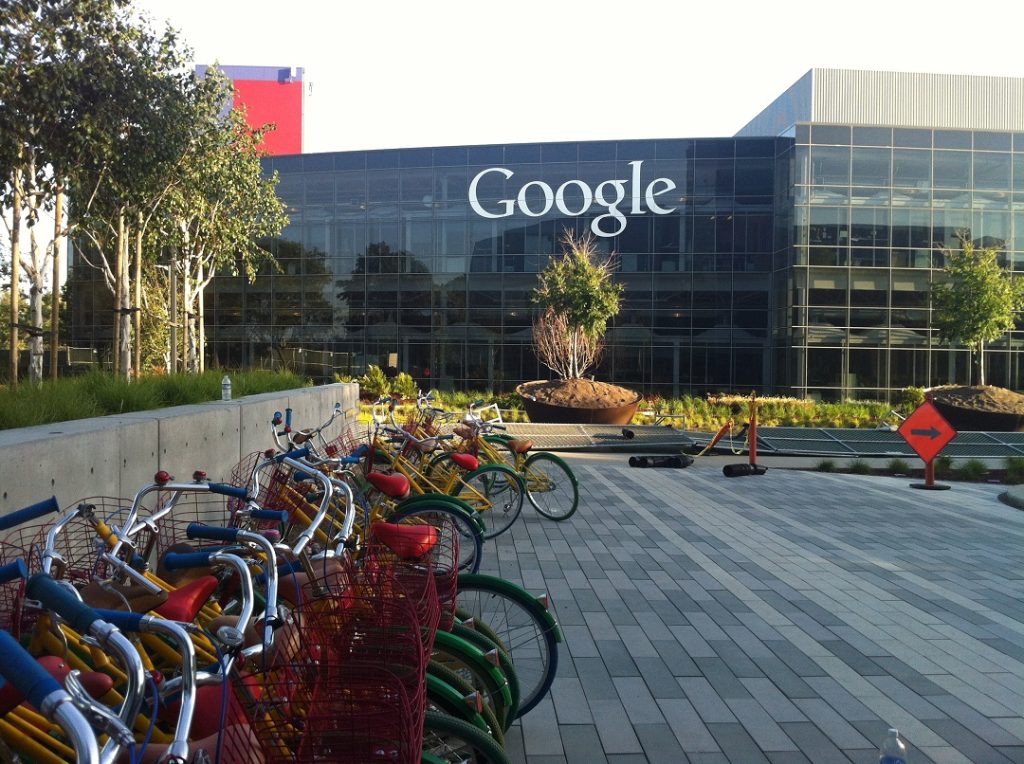
Image Source: commons.wikimedia
The Googleplex is the headquarters of Google. The Googleplex is using IoT-BIM technologies to create a more sustainable and efficient workplace. One of the ways that the Googleplex is using IoT-BIM is to monitor its energy consumption in real time.
The IoT-BIM system collects data from energy meters throughout the building and uses this data to identify areas where energy consumption can be reduced.
- Predictive Maintenance for on-site energy generation: IoT sensors can be used to monitor the performance of on-site energy generation systems, such as solar panels and wind turbines. This data can then be used to predict maintenance needs and prevent downtime.
Project: Apple Park, Cupertino, USA
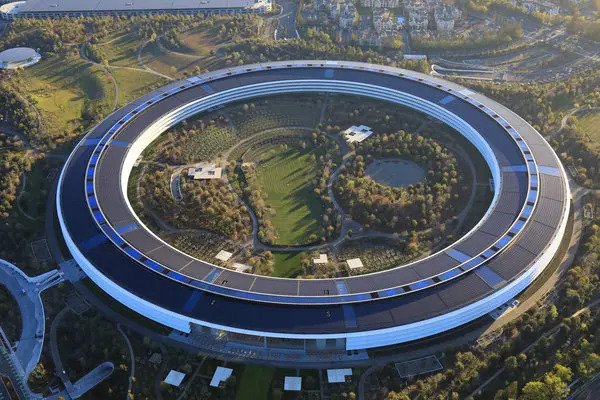
Image Source:nytimes
Apple Park is the headquarters of Apple. Apple Park is using IoT-BIM technologies to create a more sustainable and efficient workplace. One of the ways that Apple Park is using IoT-BIM is to monitor the performance of its on-site energy generation systems, such as solar panels and wind turbines.
The IoT-BIM system collects data from sensors on the energy generation systems and uses this data to predict maintenance needs. This helps to prevent downtime and ensure that the energy generation systems are operating at peak efficiency.
Project: Tesla Gigafactory, Sparks, USA
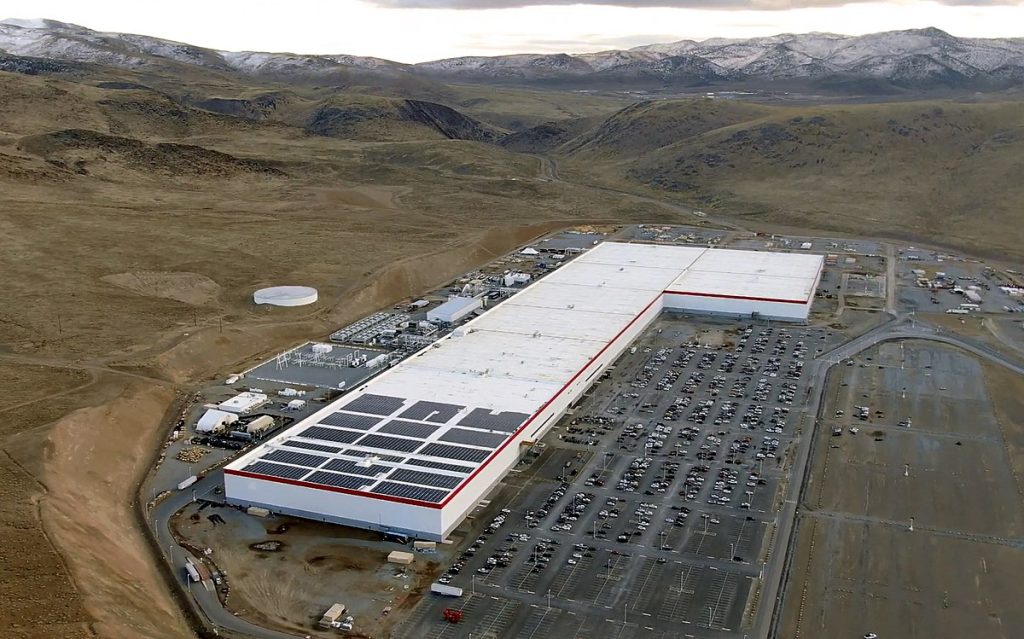
Image Source: Wikipedia
The Tesla Gigafactory is a lithium-ion battery manufacturing plant operated by Tesla, Inc. The Tesla Gigafactory is using IoT-BIM technologies to improve the efficiency and sustainability of its operations.
One of the ways that the Tesla Gigafactory is using IoT-BIM is to monitor the performance of its on-site energy generation systems, such as solar panels and wind turbines.
The IoT-BIM system collects data from sensors on the energy generation systems and uses this data to predict maintenance needs. This helps to prevent downtime and ensure that the energy generation systems are operating at peak efficiency.
Challenges and Considerations
There are a number of challenges and considerations associated with the integration of Building information modeling (BIM) and IoT. Some of the key challenges include:
- Privacy and Data Security Concerns:
One of the biggest challenges associated with the integration of BIM and IoT is privacy and data security. IoT devices collect a large amount of data, which could be sensitive if it falls into the wrong hands. It is important to implement robust security measures to protect this data from unauthorized access, use, or disclosure.
- Implementation Challenges:
Another challenge is the implementation of BIM-IoT integration. BIM and IoT technologies are still relatively new, and there is a lack of industry standards and best practices for integrating them. This can make it difficult for organizations to implement BIM-IoT integration in a way that is efficient and effective.
- Training and Skill Development for the technology:
Finally, there is a need for training and skill development for BIM-IoT integration. BIM and IoT are complex technologies, and it requires specialized skills to implement and manage them. Organizations need to invest in training their employees on the use of BIM and IoT technologies, as well as the best practices for integrating them.
Despite the challenges, the integration of BIM and IoT in electrical modeling has the potential to revolutionize the way that electrical systems are designed, constructed, and operated.
The Future Landscape of Electrical Modeling
Industry Adoption and Standardization for Interoperability:
Despite the challenges, the future of electrical modeling using BIM and IoT is bright. As the technology continues to mature and become more widely adopted, we can expect to see the development of industry standards and best practices for integrating BIM and IoT.
This will make it easier for organizations to implement BIM-IoT integration and reap the benefits.
An Attempt for more Secure Decentralized Environment for the User and Developer:
There is also a growing interest in developing more secure and decentralized environments for BIM-IoT integration.
This enables users to share and access BIM and IoT data in a more secured and transparent way.
Machine Learning Improving Decisions:
Machine learning is another technology that is poised to have a major impact on electrical modeling using BIM and IoT. Machine learning can be used to analyze BIM and IoT data to identify patterns and trends.
This information can then be used to make better decisions about the design, construction, and operation of electrical systems.
Our Services
Latest Post
Get A Free Quote
BIM Construction is the Future
Building information modeling (BIM) is the future of building design and construction. Get in touch with our BIM Experts.
